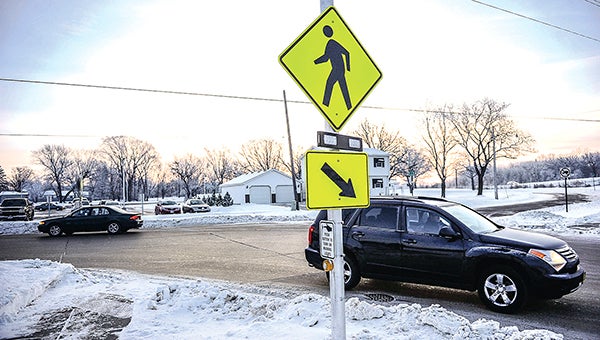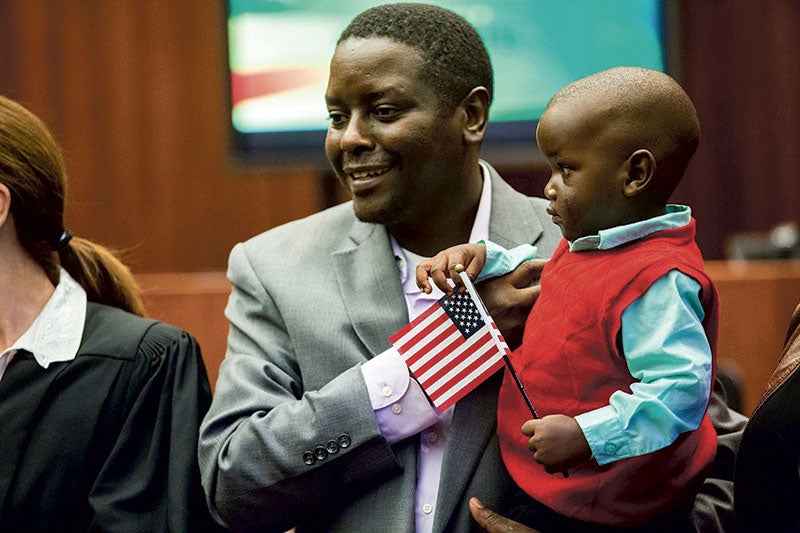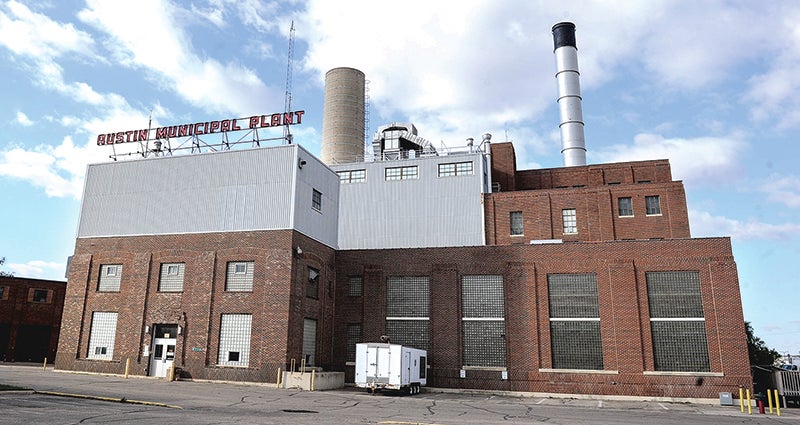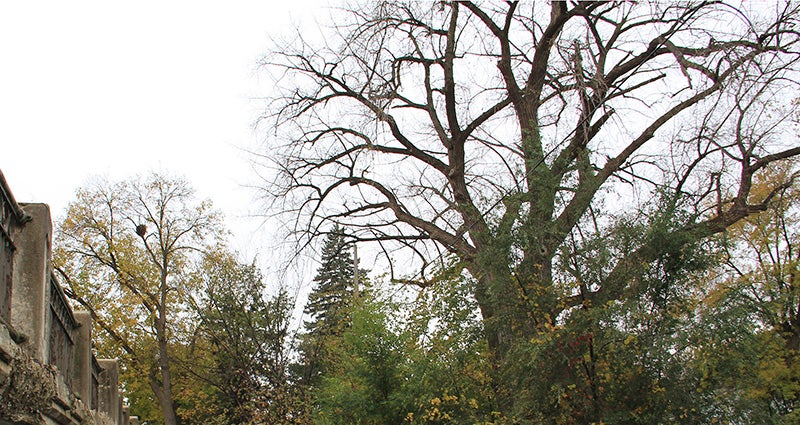Making it safer to walk; Council opts for crosswalk lights over stop signs
Published 11:00 am Tuesday, January 5, 2016

A pair of vehicles turn in opposite directions at the intersection of Eighth Street and 16th Avenue NE early this morning. The city opted to add another flashing pedestrian beacon at the intersection. — Eric Johnson/photodesk@austindailyherald.com
Austin City Council members agreed Monday that something needed to be done at an intersection near The Hormel Institute to protect pedestrians after one was hit recently, but they harbored different opinions on the best solution.
The council voted unanimously in a work session to add another flashing pedestrian beacon at the 16th Avenue and Eighth Street Northeast crosswalks near The Hormel Institute, but three council members had supported a request from The Institute to add stop signs at the intersection.
Steve King, Judy Enright and Janet Anderson initially voted to add two stop signs, one for east bound traffic turning from 16th Avenue Northeast and another for traffic coming south on Eight Street.
“I think we need to go with a stop sign,” Enright said.
However, that motion failed after Dave Hagen, Jeremy Carolan, Jeff Austin and Michael Jordal voted against it before all council members voted to add a rapid flashing pedestrian beacon light to the southwest corner of the intersection.
The motion still needs to be approved at the next regular Austin City Council meeting.
The discussion sparked after a pedestrian was brushed by a car but not injured at the intersection. That and Hormel Institute workers reporting close calls led Craig Jones, the Institute’s manager of research support services and the building coordinator, to speak to the council about adding stop signs. “I’m all for a stop sign and I hate stop signs, so I don’t say this lightly,” Jones said. “We’ve already had one person actually hit there. They didn’t have to go to the hospital or anything. They got knocked down.”
Jones said the curve of 16th Avenue into Eighth Street makes for poor visibility for drivers and pedestrians. He said some drivers can have a hard time seeing walkers — especially those outside their headlights at night — and pedestrians cross some intersections without being able to see oncoming traffic approaching behind them.
However, Public Works Director Steven Lang argued flashing beacon lights were preferable to a stop sign from a traffic engineering standpoint.
Stops signs would stop each of the 2,300 vehicles using the intersection each day, even though only a small percentage of those would need to stop for pedestrians, according to Lang. The flashing crosswalk lights are activated only when needed.
“The goal is 95 percent of the time it’s a free flowing movement,” Lang said. “The flashing beacon then stops or alerts the traffic that 5 percent of the time when there’s someone that wants to cross.”
Carolan added that several semis use the roads heading to and from businesses north of The Institute.
While he understood Lang’s reasoning, King argued safety drove the need for a stop sign. King said his son was almost hit by a car in another community, and he’s heard about close calls from Institute employees.
Other concerns focused on increased pedestrian traffic due to The Institute’s $28.5 million expansion and it’s $4.5 million Live Learning Center west of Eighth Street along with it’s $6.5 million Science Park Housing facility and parking lot east of Eighth Street Southeast. Jones cautioned there will be night meetings at the Live Learning Center, leading to people using the crosswalks at night.
Along with The Institute’s additions, Enright noted summer activities at Todd Park along with Hormel Food Corp.’s research and development facility being built north of The Institute will only bring more traffic.
While pedestrian crossing lights will help, Jones argued slowing the traffic through stop signs would be the safest bet.
“They’re coming around that corner pretty fast and their visibility is no good,” Jones said.
“I really think the final solution should be a stop sign there,” he added.
It wasn’t a matter of cost, because a stop sign costs about $200, while a beacon costs about $8,000, according to Lang.
Along with the beacon, Lang’s office will also look at potentially improving the lighting in that area. Enright also called for signs warning of pedestrians leading up to the crosswalks.
Though she preferred stop signs, Enright supported the other fixes.
“I suppose it’s better than nothing,” she said, voicing a sentiment Anderson said she agreed with.
In other news:
—The council accepted a plaque from Mower County Solid Waste Officer Jeff Weaver after the city won the friendly city-county food drive competition in November. The city of Austin retained its crown by collecting 1,360 pounds or 9.31 pounds per employee, while the county brought in 1,120 pounds or 4.57 pounds per employee. Since 1993, the two have provided 42,165 pounds to the Salvation Army.
—The council accepted a $21,300 bid from Hallberg Engineering for commissioning the geothermal and to ensure the heating, cooling, ventilation, plumbing and electoral system work well together on the Jay C. Hormel Nature Center’s $7 million project to build a new interpretive center. The project is expected to go out for bids later this month.




